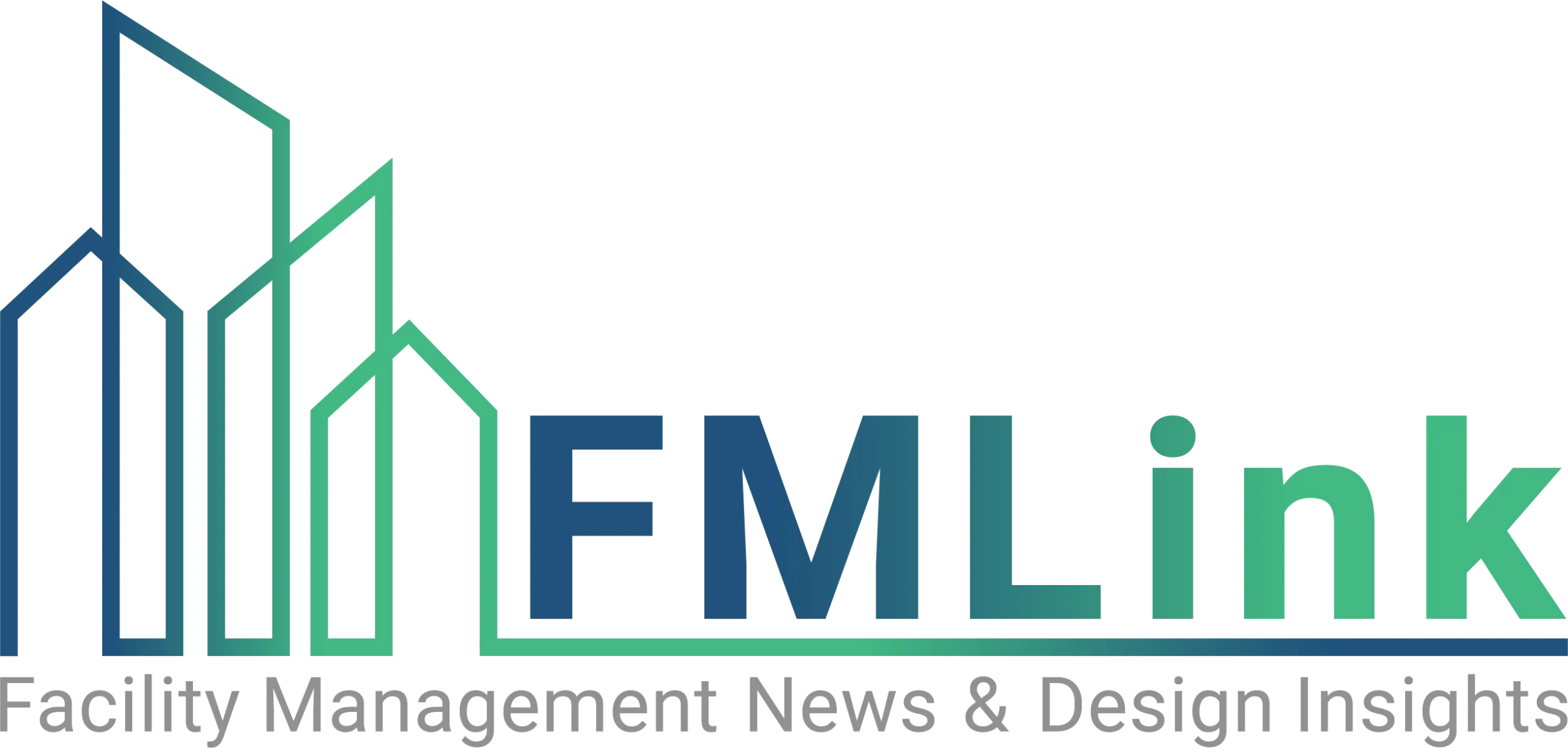January 23, 2019 — An extensive new study published in the American Economic Journal: Applied Economics on January 3, 2019, reveals that, contrary to popular belief, businesses do suffer from being lax on pollution regulations by saving on emissions control equipment such as air filtration systems — and it’s quantifiable, according to a review of the study by IAQ technology provider QleanAir Scandinavia. The study went beyond the known health effects of inferior indoor air quality (IAQ) to measure a reduction in the productivity of the businesses’ workforce.
The study measured workers’ productivity daily in factories (through different shifts). The comparisons were made by the concentration of particulate matter that the workers were exposed to.
The research took place at two textile mills in China, where workers are paid according to the number of fabric pieces they produced. This gave the researchers an objective measure of productivity, the lack of which had previously hobbled long-term studies of this kind.
During the study, pollution levels were found to vary widely from day to day, but overall, they were consistently high; at one facility, PM2.5 levels averaged about seven times the “safe limit” set by the US Environmental Protection Agency (EPA) for particulate matter (PM) pollution.
The outcome: Prolonged exposure (of up to 30 days) to inferior indoor air quality with particulate matter pollution above the EPA “safe limit” results in a significant drop in overall productivity.
Associate Professor Liu, from the Department of Economics at the National University of Singapore (NUS) Faculty of Arts and Social Sciences, stated:
We found that an increase in PM2.5, by 10 micrograms per cubic meter sustained over 25 days, reduces daily output by 1%, harming firms and workers.
Unlike previous studies, the research team did not see immediate effects on productivity from daily fluctuations in pollution. The study’s summary references a previous study focusing on American workers in a food-packing facility, which found a considerable and immediate effect from exposure to PM2.5; specifically, when levels rose by 10 micrograms per cubic meter, workers became 6% less productive on the same day. But for the Chinese workers used to producing under varying conditions, the 1% reduction as a result of exposure sustained over 25 days was said to be “subtle but significant.”
Maintaining the indoor air quality in your specific working environment has many immediate and future benefits, according to QleanAir Scandinavia. The company cites benefits of clean air for your business as:
- Better productivity
- A healthier workforce
- Cleaner equipment and products
- Less downtime and maintenance
- Averting unnecessary interruptions in your processes and agendas
Visit the QleanAir Scandinavia website to watch a corporate video and see how businesses in your field (click on “Businesses” on the top menu) are seeing the advantages of a clean air environment.
The summary of the NUS report can be found on the ScienceDaily website, or the full published “Severe Air Pollution and Labor Productivity: Evidence from Industrial Towns in China” study can be found on the American Economic Journal: Applied Economics website.




